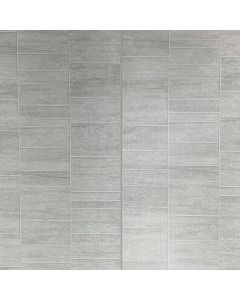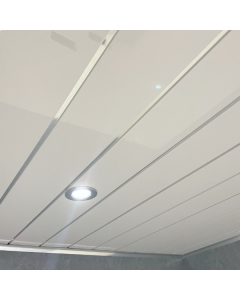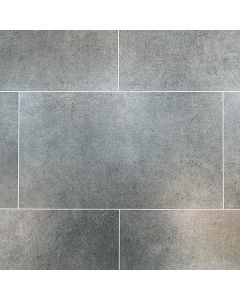How To Remove A Towel Radiator
There are many reasons you might wonder how to remove a towel radiator. Whether you want to re-decorate your bathroom, swap your radiator for a shiny new one or just give it a clean, removing a radiator can seem like a daunting challenge. But once you know how, taking a radiator off is much more straightforward than you may have thought – and this article maps the process in six simple steps. So, read on to discover how to remove a bathroom radiator.
What is the difference between a towel radiator and a bathroom radiator?
There is a slight difference in the function of a towel radiator and a bathroom radiator. A towel radiator – otherwise known as a heated towel rail – is designed purely to warm and heat the towels placed on it, whereas a bathroom radiator is designed to provide heat for the room. However, when it comes to working out how to remove a towel radiator or how to remove a bathroom radiator, the process will be the same.
What tools do I need to take a radiator off?
Gather the following tools before you start to remove your radiator:
- Radiator bleeding key
- Two adjustable wrenches
- Screwdriver
- Plumber’s tape (PFTE tape)
- Bucket or bowl
- Old sheets or towels.
The process for removing a bathroom radiator is the same as how to change a bathroom radiator, in case you aren’t planning on replacing it.
How to remove a towel radiator
Start by deactivating your central heating and allowing the radiators to cool down completely.
Next, place old sheets or bath towels below the radiator valves on each side before turning the ‘on/off’ control valve to the off position.
If your radiators have thermostatic valves, activate the frost setting (these usually include snowflake symbols on the valve).
How to turn bathroom radiator off
Radiators are controlled by manual or thermostatic valves, so to reduce the heat or switch off the unit, turn the manual or TRV valve clockwise – this is how to turn bathroom radiator off.
Turn off the lockshield valve
Move to the other end of the radiator and remove the plastic cap from the lockshield valve – this should expose the brass valve underneath.
Using your adjustable wrench, turn the square brass valve clockwise as far as it will go. Note the number of turns you make, as you’ll need to reset the valve by the same number of rotations when you reinstall the radiator. This will ensure a balanced system flow.
Loosening the on/off valve
Place your bucket or bowl underneath the ‘on/off’ control valve.
Use one wrench to steady the valve’s body while using the other to slowly loosen the nut that secures the valve onto the radiator’s inlet.
Opening the air vent/bleed valve
Using a radiator bleeding key, open the radiator's air vent valve, located on one of the radiator's corners. This breaks the vacuum inside the radiator system, causing water to flow out of the control valve into the bucket.
Opening the lockshield valve
After draining all the water from the system, use the same technique to loosen and undo the nut on the lockshield valve. Now, gently lift the radiator from its wall brackets before closing the bleed valve with the radiator bleeding key.
Retightening the valves
After you've decorated around the area (if you're decorating), wrap some plumber's tape around the screw threads at both ends. Next, replace the radiator to its original position and retighten the valves, finishing by retightening the lockshield valve.
Try to avoid over-tightening the valve nuts as this can loosen the connections and cause a severe leak.
Final notes on removing a radiator
After completing the above steps, you'll need to open both the bleed and control valves to allow the water to flow back into the system and fill the radiator.
Once the radiator refills, turn the lockshield valve the same number of rotations as you did in step 2 to ensure the system is balanced. Finally, turn the central heating back on and check for leaks – this is how to remove a towel radiator.
Also, note that you may have let some air into the system during the process – in these instances, it's best to bleed the radiator a little after installation.
If you're permanently removing the radiator, perhaps because you're installing under floor heating instead, you'll likely want to re-decorate the space in which the radiator had been attached to the wall. If you're considering bathroom wall panels take a look at our full range, as these are an easy way to avoid having to fill the holes in your walls from radiator screws.

























